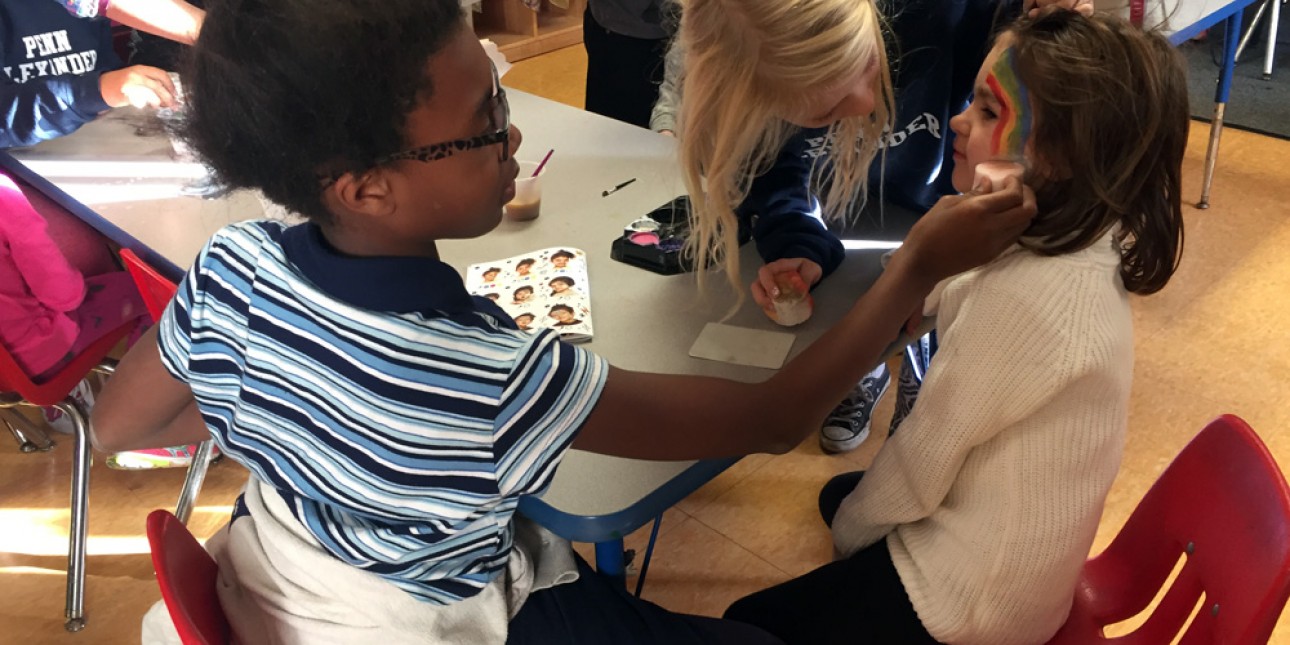Message from Anjali: Four-Foot Level

What happens below the four-foot level
Those of us who communicate through the medium of in-the-classroom-notes or the PIC newsletter are adults. As adults, we hope to convey something interesting about children’s programming at PIC, such as a classroom innovation, or a STEM initiative that is underway at the center. As we read, we are aware of each other as parents, teachers, professionals, possessed of a certain amount of expertise and skill; we acknowledge our mutual ability to have an impact on each other’s understanding.
It may surprise us then, as adults, to learn that what our school-age children learn from each other has far more impact on them than anything they are told by adults. Perhaps we’ve suspected something like this all along; perhaps we are somewhat frightened by the thought. Nevertheless, it’s true: regardless of whether a child is exceptionally-gifted or developmentally-challenged, traumatized, troubled, or well-adjusted, the most important and powerful interactions she or he experiences is with her or his peers. Peer interactions in the school-age crowd are those that occur “below the four-foot level.”
Fortunately at PIC, school-age teachers learn very quickly that, to have a heart-to-heart conversation with a child, our head and heart must on the same level as the child’s head and heart. We know the best information about a child often comes directly from other students. We see that children learn perseverance and “grit” from each other. We learn to acknowledge that, for a child, acceptance by adults cannot substitute for acceptance by peers. In short, everything that a child feels is important to her or him is occurring "below the four-foot level."
An example of a recent particularly successful "four-foot level" interaction occurred when our Hawks and Eagles students (ages 8 – 11) asked if they could hang out with the five- and six-year olds for a special club activity. The older children asked for face paint and the younger children provided their faces. That afternoon, all the most vital, most endearing, nurturing, and encouraging interactions happened between children as they sat amid each other, leaned on each other, and turned their faces and attention directly toward each other.